7 Retail Stocks That Need to Be Rescued
Nordstrom (JWN) has a respected name in retailing, but it can be tough to start a much-needed turnaround when impatient shareholders meddle in such an effort.

Nordstrom (JWN) has a respected name in retailing, but it can be tough to start a much-needed turnaround when impatient shareholders meddle in such an effort. However, for a brief moment, it looked like the beleaguered retail stock might catch a break and be taken private.
No such luck. Seattle-based Nordstrom found it nearly impossible to secure the financing it needed to get such a deal done, and announced Oct. 16 it was shelving an attempt to go private, underscoring its own problems as well as the entire industry's. David Tawil, president of Maglan Capital, opined, "The Nordstrom family was better positioned than anyone to go private, and if they are finding difficulty getting this deal done, then other retailers will have difficulty in their future refinancing."
The increasingly adverse impact of Amazon.com (AMZN) is plain as day. Credit Suisse estimates 8,640 stores could close this year, topping the 6,200 store shutterings in 2008 when the economy was in the throes of a recession. That figure would be roughly four times the 2,139 closures in 2016 – not exactly a stellar year for the industry, either.
If there's any good news, it's that 2017's spat of retail shutdowns is scraping away a lot of selling square footage that we didn't really need. The bad news is, the business isn't going to get any easier going forward, as Amazon.com along with other brick-and-mortar players are getting better at e-commerce.
Here's a closer look at seven retail stocks that need to be acquired if they want to thrive again, or even just survive.
Data is as of Oct. 19, 2017. Click on ticker-symbol links in each slide for current share prices and more.

Sears
The grim saga of Sears (SHLD, $6.06), which also owns Kmart, isn't a veiled one. The market is well aware that the retailer has posted six consecutive years of revenue declines. Many investors also know that Sears hasn't turned a full-year profit since 2011. Indeed, the most surprising aspect of Sears' decay is that the company has hung on as long as it has.
With that as the backdrop, one of the company's biggest backers has just resigned from the board of directors. Fairholme Capital's Bruce Berkowitz will be stepping down as a board member at the end of October, and shutting down the fund that was created primarily to invest in Sears at a time when a turnaround seemed plausible.
Like CEO Eddie Lampert's hedge fund ESL Investments, Fairholme not only is (well, was) a SHLD shareholder, it also has facilitated loans to the retailer in the past. The move may be a sign that Berkowitz has given up hope of salvaging the company, and it's likely a sign that Fairholme is no longer interested in financially propping up Sears.
It's unlikely that even fresh funding or an angel investor can save Sears from failing at this point. However, if a lack of access to cash is a problem that's making the retailer desperate, with Berkowitz out of the picture, Lampert may finally be forced to do some more serious dealmaking.
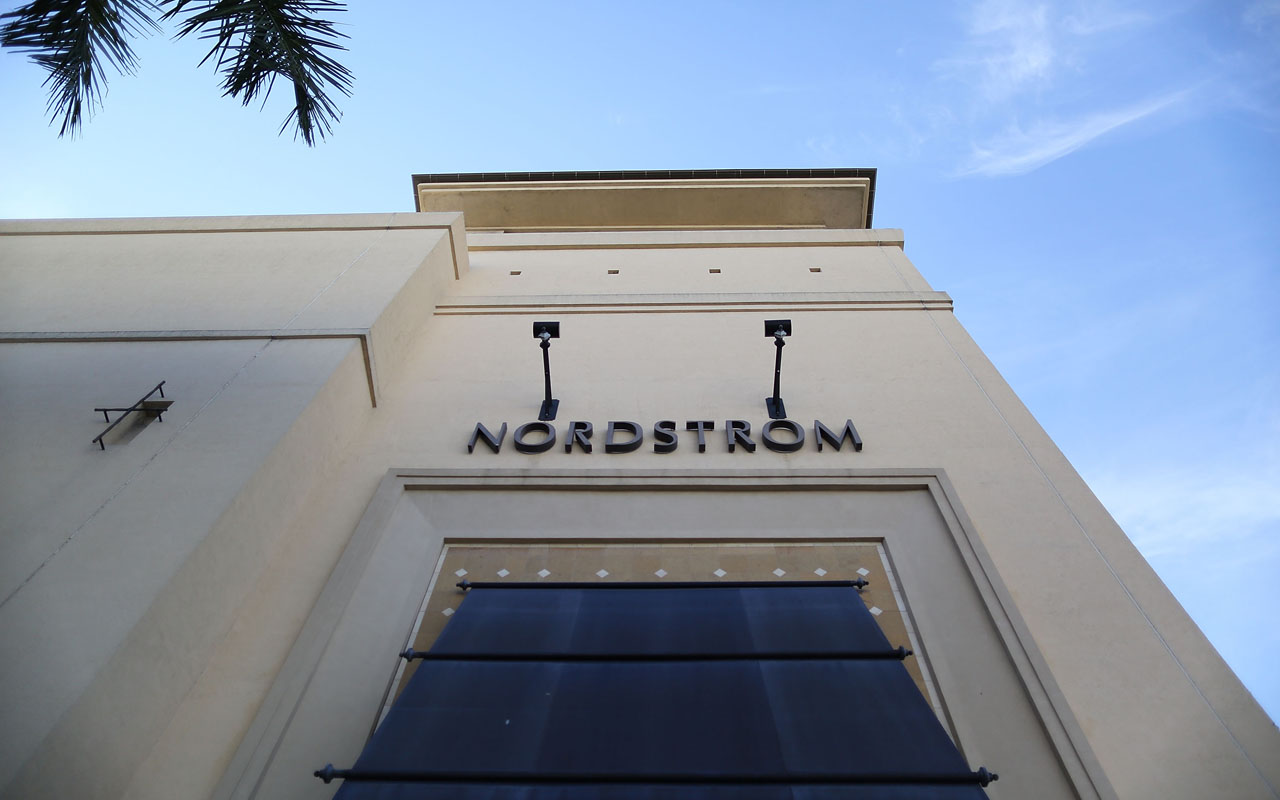
Nordstrom
- Nordstrom's (JWN, $41.73) initial effort to go private may have been nixed, but its need hasn't changed. And at least the mostly family-controlled company made it over a hurdle that too many in-need organizations never cross: It acknowledged something had to change, and it put the wheels in motion.
While it failed the first time, Nordstrom now knows that concerns potential financiers. Don't be surprised when the retailer tries again.
As for what the biggest hang-up is, Global Data retail analyst Neil Saunders recently said, “It's difficult to make a case for private equity investing in these legacy retail companies when the play is really not about growing the company so much as right-sizing it.”
In other words, merely making itself available to a buyer – whether that's a private equity or publicly traded outfit – isn't enough by itself. Nordstrom also must develop a plausible turnaround plan, including the aforementioned right-sizing, that it can hand to a suitor. But it's a respected brand name, and one that somebody likely will want.
From here, any revised deal is likely to create less debt for the buyer than the prior proposal did – a goal Nordstrom was trying to accomplish before the failed deal was scuttled – and unlock the value of the company's owned real estate.

GameStop
Not too long ago, video game and gaming console retailer GameStop (GME, $20.05) was virtually bulletproof. But things changed. Gamers were increasingly able to download games directly from the publisher, sidestepping GameStop. And many players found just as much satisfaction in playing a mobile game on a tablet or smartphone as they did in playing a game on a high-powered console like the Xbox or PlayStation.
That paradigm shift finally came to a head for GameStop in its last fiscal year, ended January. Revenues fell 8%, and profits slumped accordingly. Things haven't gotten much better since then.
GameStop is not a bad company. Its customers are loyal, incentivized by the retailer's rewards program, and GameStops can be found in many of the nation's top shopping destinations. The company simply can't afford to do “business as usual” in a rapidly changing world, and it at least understands this to the point where it's expanding its Spring Mobile network of AT&T (T)-branded stores to diversify its offerings.
But GameStop needs a larger overhaul, and that takes money the retailer doesn't really have. As of the most recent quarter, the company only has $262 million in cash and short-term investments versus $816 million in debt.
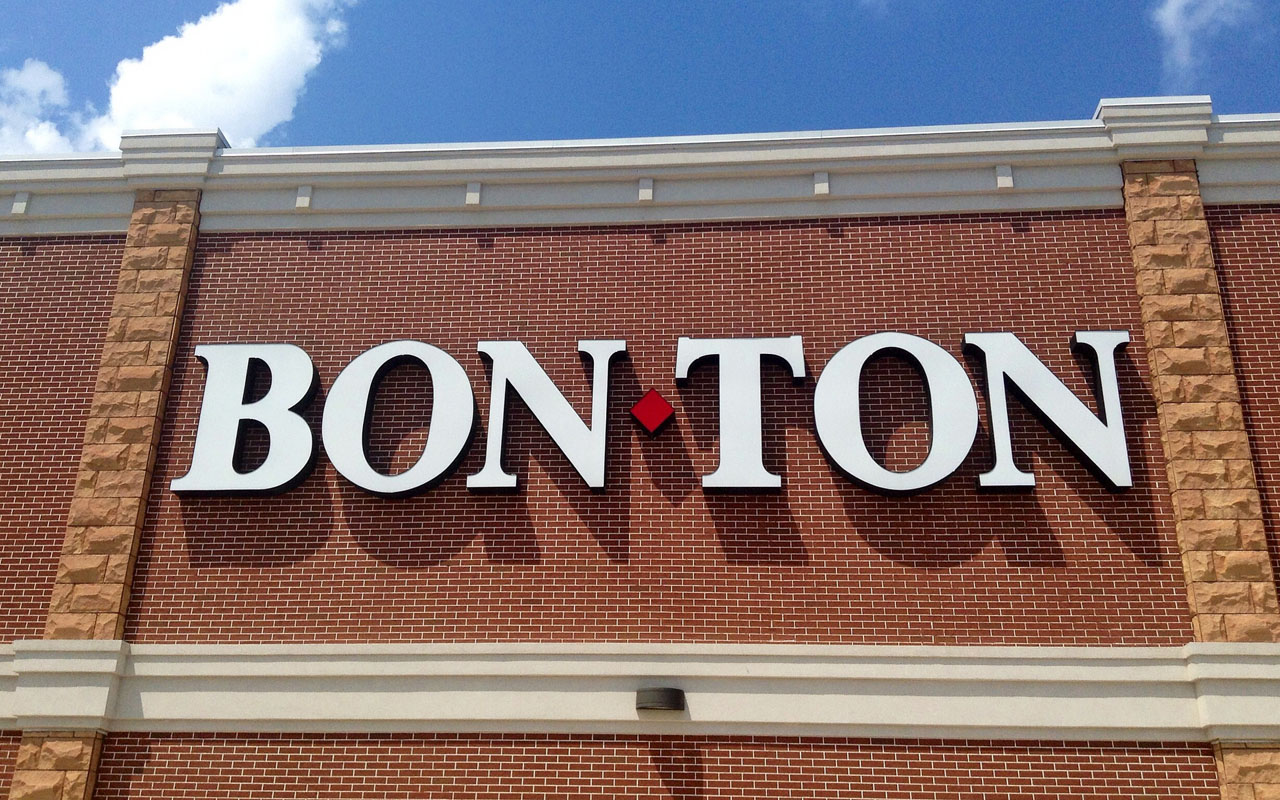
Bon-Ton Stores
Much like Sears, department store chain Bon-Ton Stores (BONT, $0.33) hasn't turned an annual profit since 2010, and its sales have been decaying since 2007. Shares have dipped into penny-stock territory, and the retailer's vendor relationships are deteriorating. Suppliers are asking for better payment terms and/or are delivering less merchandise than ordered to abate their risk.
To its credit, Bon-Ton is doing most everything it can to save money and rekindle sales growth. Debtwire retail analyst Philip Emma acknowledged earlier in the month that the company managed to cut its overhead spending. Emma goes on to say, however, "there is a finite level of costs that can be taken out of a retailer without having a serious impact on the ability to reverse a traffic decline."
One of the big liquidity impasses is Bon-Ton's $849 million in debt, largely created by years of compelling but mostly unfruitful acquisitions. But while that's a big number for relatively small Bon-Ton Stores, it's may be a small number to an interested party that wanted an easy way into the retailing business, or a cost-effective way for a large retailer to expand its footprint to provide the much-needed scale Bon-Ton can't provide for itself.
Bon-Ton's key selling point to a potential suitor is that it doesn't compete head-to-head with too many of the major names in the department store business, focusing on smaller markets instead. But this niche would have to be handled cleverly and carefully.
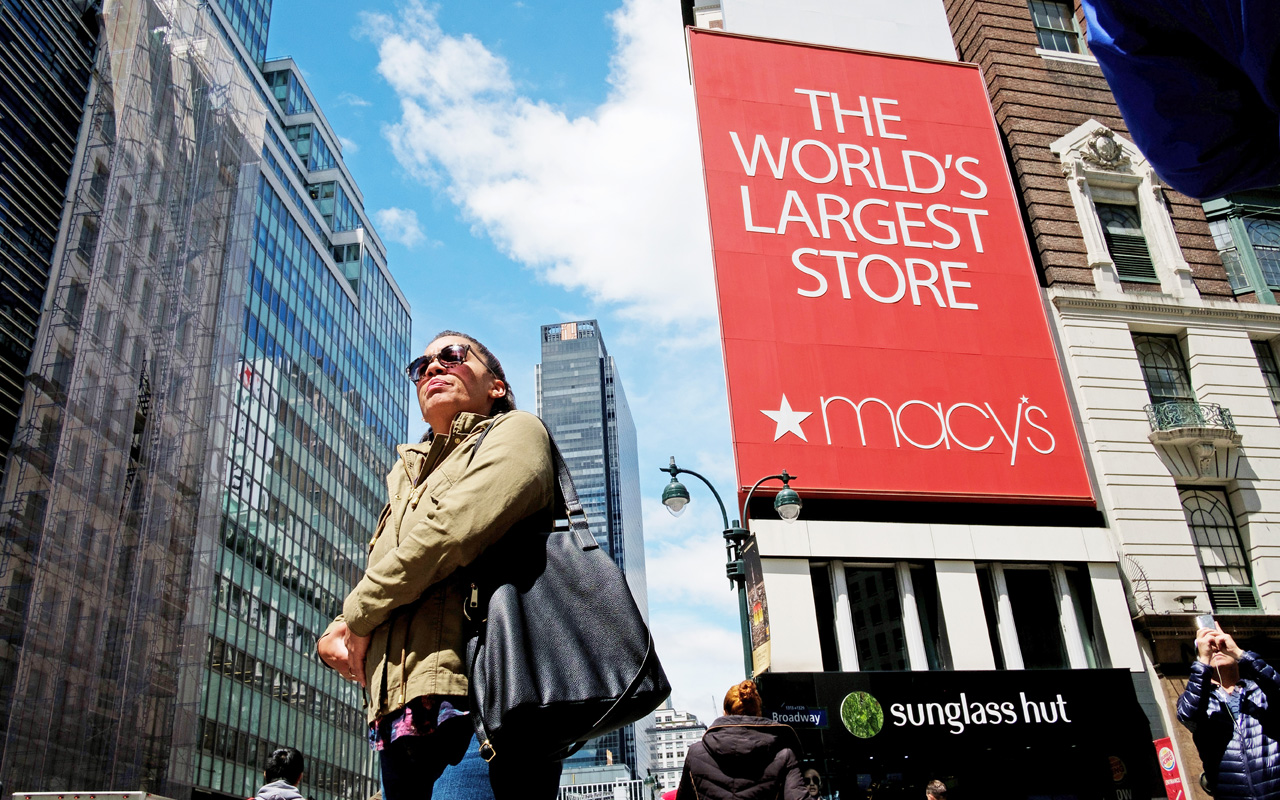
Macy's
Like Nordstrom, Macy's (M, $20.19) already has been targeted as an acquisition. Canadian retailer Hudson's Bay (HBAYF) tried to take over the iconic (though struggling) department store chain earlier this year. Like Nordstrom, though, Macy's was unable to convince its financiers that the risk of the purchase was one worth taking.
But the proverbial cat is out of the bag.
Any suitor mulling a takeover of Macy's would be eyeing its treasure trove of real estate as much as it would be interested in its name and retailing operation. The department store giant has storefronts in five of the nation's 10 most productive malls, and some analysts say its real estate alone is worth $20 billion (versus a market capitalization of just above $6 billion). Never even mind that, despite all its problems and withering sales, the retailer still generates lots of cash flow. An organization with more creativity may be able to extract more value from that real estate than Macy's does.
One interesting note: Several analysts have suggested that e-commerce behemoth Amazon.com should acquire Macy's. Considering that the e-tailer has already bought grocer Whole Foods Market and is opening physical bookstores, the idea doesn't seem crazy.

Foot Locker
There are two schools of thought about the future of athletic apparel venues.
One is that the athletic apparel craze is slowing down fast – evidenced by a slew of store closings within the industry – so it makes no sense to wade into the business when the tide is going out. The other is that, with competitors dropping like flies now, a survivor of the culling process could find itself in an enviable position.
Wells Fargo analyst Tom Nikic likes Finish Line (FINL) as a survivor, capitalizing on whispers that British company Sports Direct is mulling a takeover. Nikic said in a recent note, “We believe a reasonable range of takeout multiples of 5.5x-6.5x would yield potential takeout prices of $14-$16, which implies potential upside of 20-35 percent above FINL's 9/28 closing price ($11.66),” suggesting such a deal would be a chance for Finish Line to differentiate itself from rival Foot Locker (FL, $30.99).
The same opportunity, however, exists on the other side of the table. A savvy suitor could differentiate Foot Locker from Finish line. The question is, can Foot Locker hang on long enough to prove it's got staying power to a potential buyer?
Answer: Probably.
While Foot Locker's income is essentially flat, revenue still is growing broadly. However, for the quarter ending in July, revenues declined 4% while profits declined 36% (including a massive litigation charge, earnings were down 60%). It was the first decisive sign that the athletic-wear headwind was at least winging Foot Locker.
That's the conundrum. Foot Locker still appears salvageable, but the longer a would-be buyer hesitates, the more water it's likely to take on, making it less attractive as a buyout target. But with some smart spending (on its omnichannel presence in particular) from a buyer, Foot Locker could position itself as a powerhouse in the athletic footwear market again.
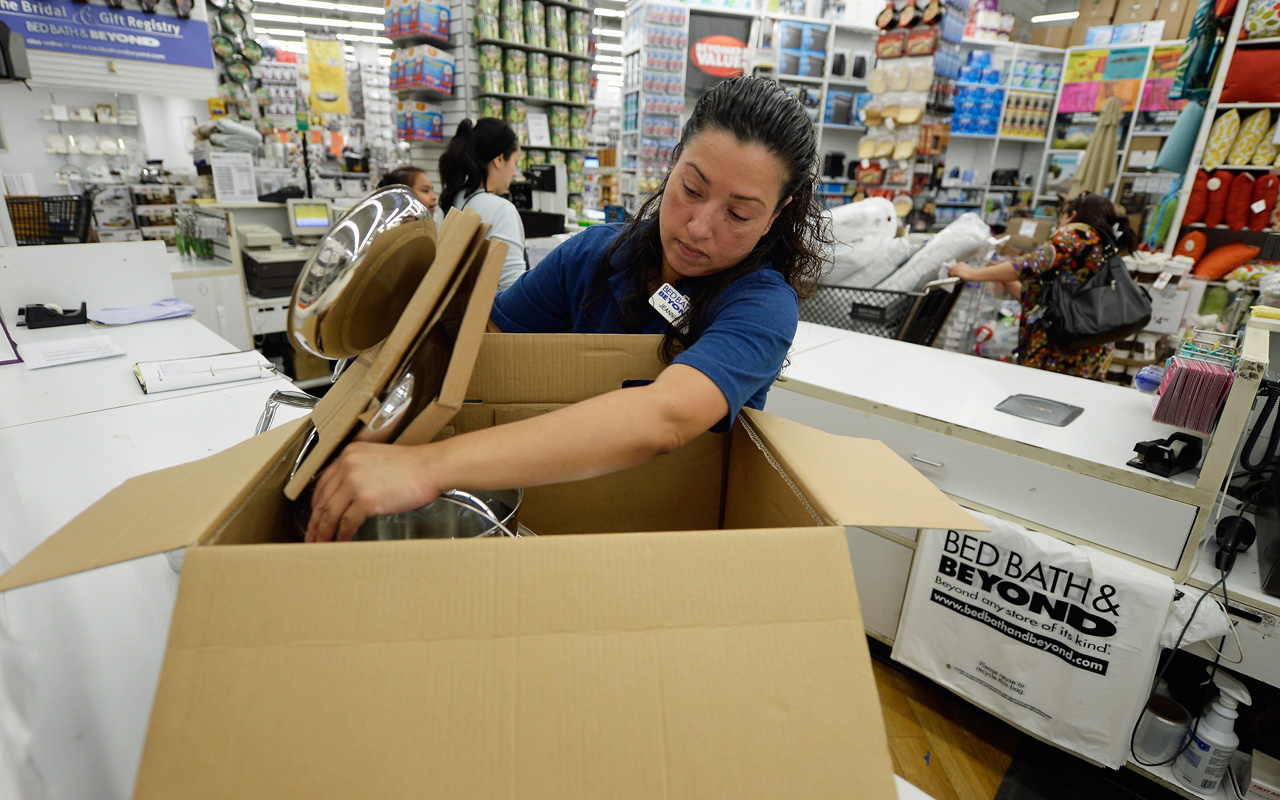
Bed Bath & Beyond
Once a must-go shopping destination, Bed Bath & Beyond (BBBY, $21.20) has struggled with a plethora of competition from other home-goods providers, not just the likes of Amazon.
Although the retailer's sales continue to grow, the pace of that growth is slowing, and income is fading away. Bed Bath's income for the quarter that ended in August was down more than 40% year-over-year, and perhaps worse, year-over-year sales slipped for the first time since 2014. The time to stop the bleeding is now, before the organization's demise gains traction.
The company is doing what it can to revive itself, such as adding more furniture offerings and enhancing its personalization efforts. But those initiatives may not be enough, and may require time that investors and shoppers aren't willing to give the organization. As UBS analyst Michael Lasser put it, "While the co. highlighted a number of initiatives to drive increased customer engagement, there remains considerable uncertainty as to if & when these initiatives will help re-accelerate its top-line."
Something has to give sooner than later for Bed Bath & Beyond, which is watching its cash and equivalents dwindle and its debts mount. It needs help remaining relevant while it still can be helped, and it already has been rumored as a leveraged buyout target in the recent past.
Profit and prosper with the best of Kiplinger's advice on investing, taxes, retirement, personal finance and much more. Delivered daily. Enter your email in the box and click Sign Me Up.
-
 Dow Adds 646 Points, Hits New Highs: Stock Market Today
Dow Adds 646 Points, Hits New Highs: Stock Market TodayIt was "boom" for the Dow but "bust" for the Nasdaq following a December Fed meeting that was less hawkish than expected.
-
 5 Types of Gifts the IRS Won’t Tax: Even If They’re Big
5 Types of Gifts the IRS Won’t Tax: Even If They’re BigGift Tax Several categories of gifts don’t count toward annual gift tax limits. Here's what you need to know.
-
 The 'Scrooge' Strategy: How to Turn Your Old Junk Into a Tax Deduction
The 'Scrooge' Strategy: How to Turn Your Old Junk Into a Tax DeductionTax Deductions We break down the IRS rules for non-cash charitable contributions. Plus, here's a handy checklist before you donate to charity this year.
-
 The 24 Cheapest Places To Retire in the US
The 24 Cheapest Places To Retire in the USWhen you're trying to balance a fixed income with an enjoyable retirement, the cost of living is a crucial factor to consider. Is your city the best?
-
 Stock Market Today: Powell Speech Sends Stocks on Roller-Coaster Ride
Stock Market Today: Powell Speech Sends Stocks on Roller-Coaster RideStocks popped then dropped after the Fed chair warned that more rate hikes could come down the pike, but then stabilized into the close.
-
 5 Stocks to Sell or Avoid Now
5 Stocks to Sell or Avoid Nowstocks to sell In a difficult market like this, weak positions can get even weaker. Wall Street analysts believe these five stocks should be near the front of your sell list.
-
 Best Stocks for Rising Interest Rates
Best Stocks for Rising Interest Ratesstocks The Federal Reserve has been aggressive in its rate hiking, and there's a chance it's not done yet. Here are eight of the best stocks for rising interest rates.
-
 The Five Safest Vanguard Funds to Own in a Volatile Market
The Five Safest Vanguard Funds to Own in a Volatile Marketrecession The safest Vanguard funds can help prepare investors for market tumult but without high fees.
-
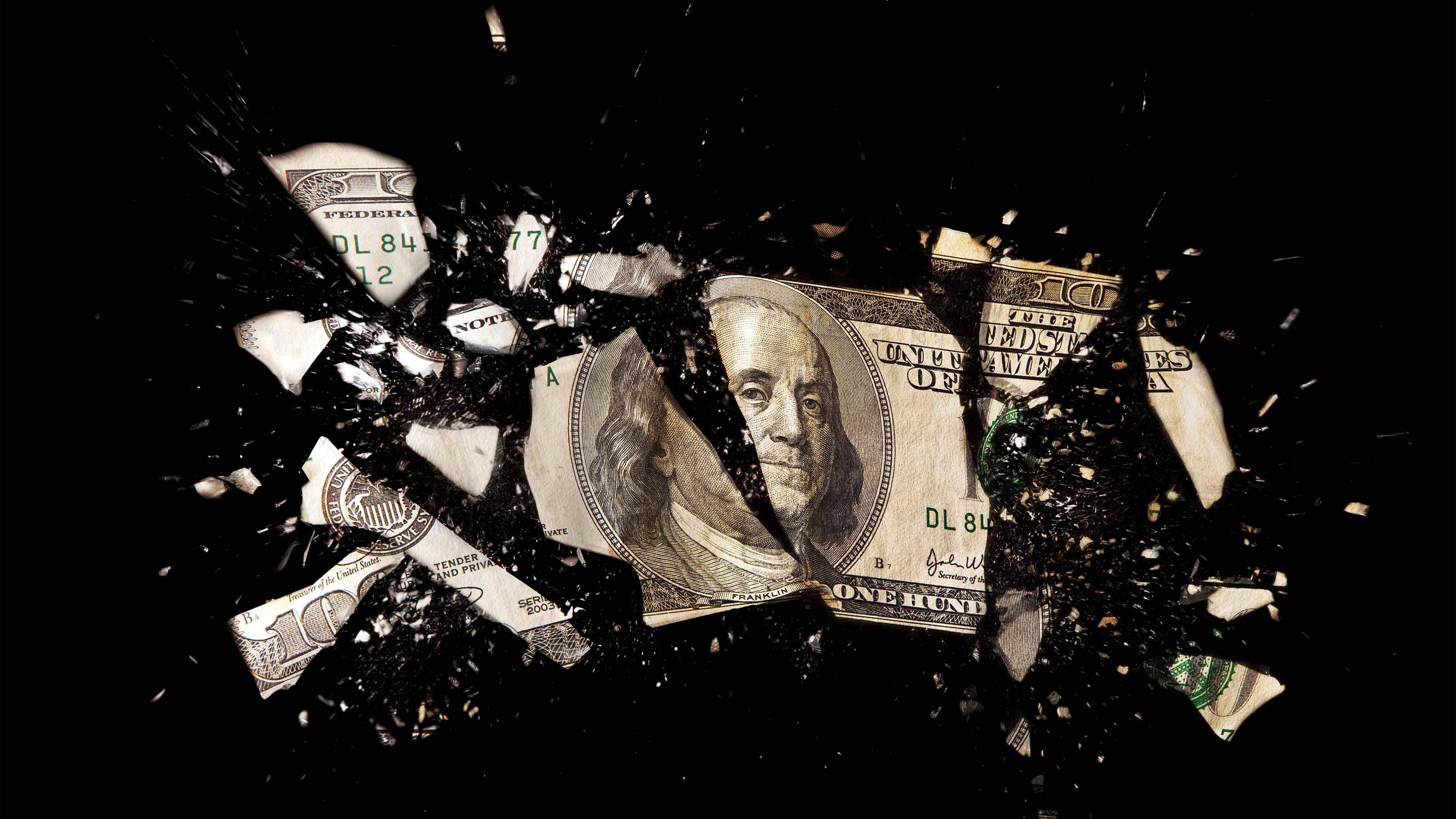 The 5 Best Inflation-Proof Stocks
The 5 Best Inflation-Proof Stocksstocks Higher prices have been a major headache for investors, but these best inflation-proof stocks could help ease the impact.
-
 5 of the Best Preferred Stock ETFs for High and Stable Dividends
5 of the Best Preferred Stock ETFs for High and Stable DividendsETFs The best preferred stock ETFs allow you to reduce your risk by investing in baskets of preferred stocks.
-
 What Happens When the Retirement Honeymoon Phase Is Over?
What Happens When the Retirement Honeymoon Phase Is Over?In the early days, all is fun and exciting, but after a while, it may seem to some like they’ve lost as much as they’ve gained. What then?
